Warsaw Gallery Weekend starts on September 28th. This year we will see as many as 43 exhibitions organised by 37 galleries. The four-day showcase of contemporary art is accompanied by a new and extensive program of special events, lasting over a month. Galleries from Ukraine will also participate in the festival.
-Press Release
From Libera to Mirga-Tas.
As every year, artists take on burning issues of the contemporary world. Themes explored this year are dominated by ideas related to the body and identity, technology and the development of artificial intelligence, the state of our planet in the face of the climate crisis, as well as memory and the relationship to historical narratives. There will also be references to the current socio-political situation and provocative comments on the present day.
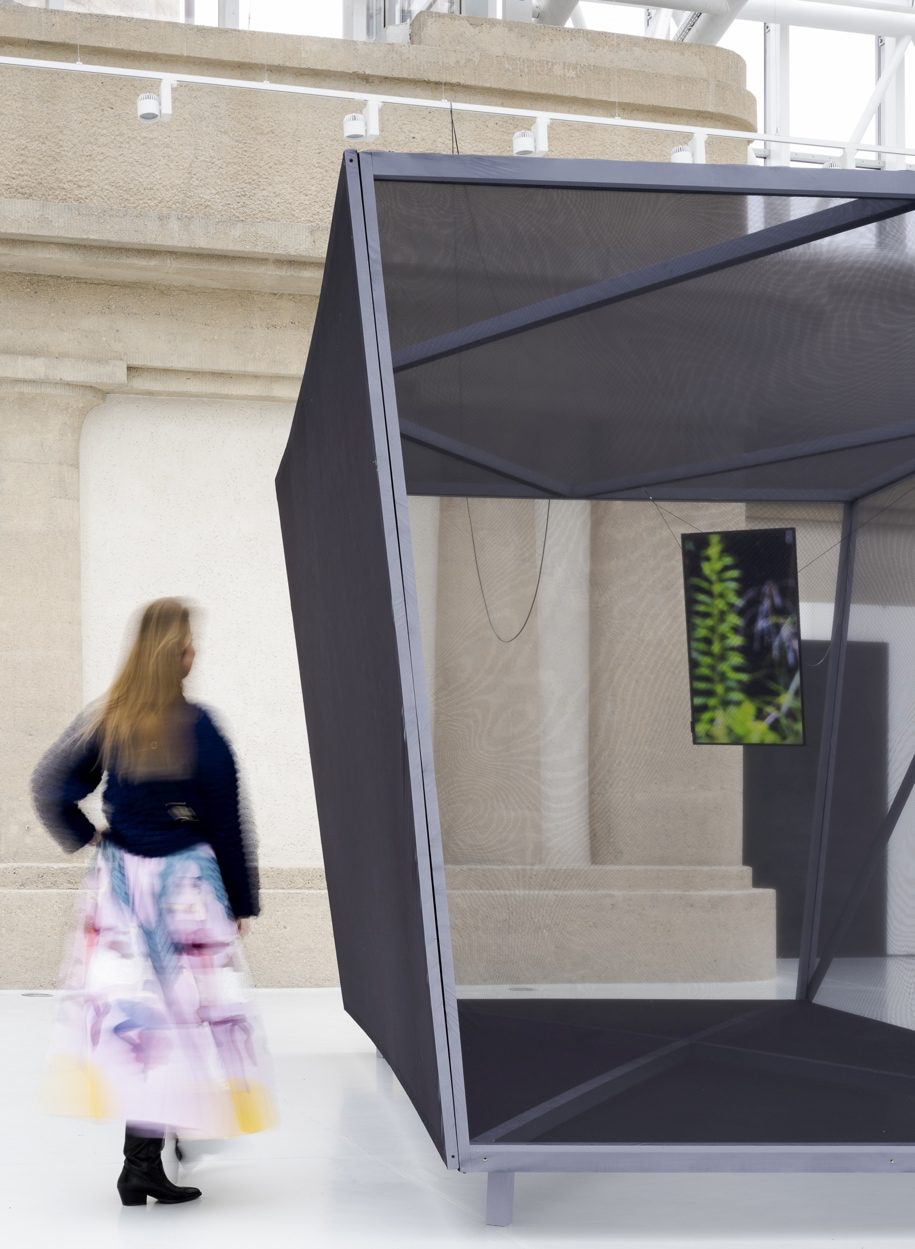
We will see leading names in Polish art, such as Zbigniew Libera, Mariola Przyjemska, Wojciech Bąkowski and Małgorzata Mirga-Tas, as well as works by those just entering the art scene. The artists will present new works, prepared especially for the WGW, as well as archival works put together in new, original contexts. We will see an overview of the most interesting contemporary painting, drawing, photography, video forms, installations, sculptures and objects created using both textiles and artificial intelligence.
What’s bubbling up in reality.
The worlds of art and technology are intersecting in increasingly complex ways. For some, it’s a fantasy of free, democratic technology in the service of community (Janek Simon / Raster), while for others it’s a tale of fear of the new digital visuality. Artists look at the relationship between humans and the digital world by interacting with artificial intelligence (Linda Lach / Jednostka) and ask how the perception of the Other changes in a technology-driven world (Dominik Jałowiński / Biuro Wystaw). A much stronger bond connects the human and natural worlds. The transitions between the two are revealed in the post-humanist fear for Mother Earth in the Anthropocene era (Paweł Baśnik / Krupa) or in the bond with the ancestral land (Anna Orłowska / Gunia Nowik Gallery). Nature also becomes a safe haven, a kind of hiding place (Szymon Kobylarz, Kamil Kukla, Michał Zawada / Piana), where one can find balance (Antonina Nowacka / wanda).
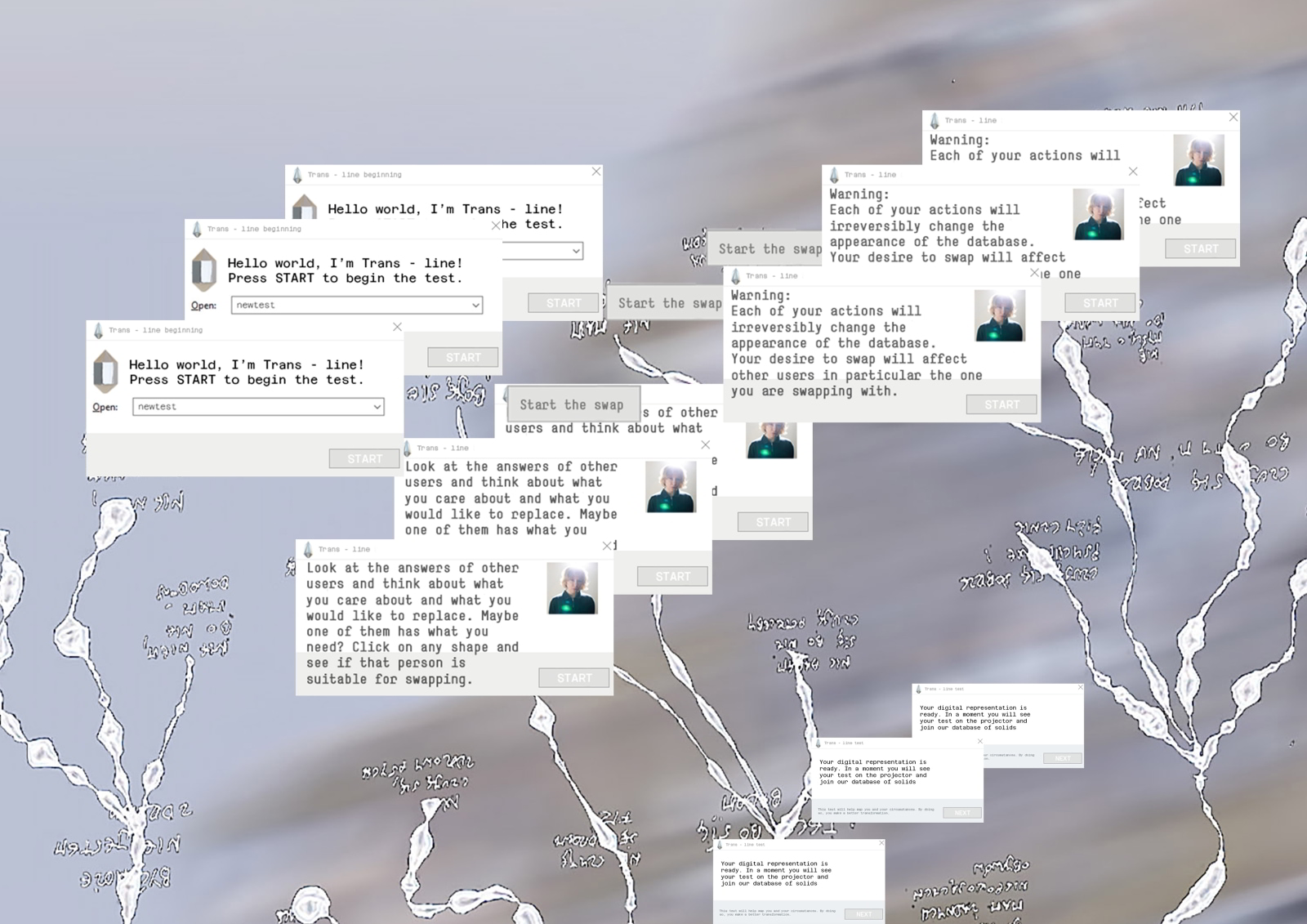
Voices raising issues of social sensitivity also resound clearly. Artists refer to current problems against a socio-political background: from the struggle for women’s rights (Viola Głowacka / m², Dominika Kowynia / Polana Institute), to humanitarian crises and war (Sławomir Elsner, Uwe Wittwer / Szydłowski). The latter, for obvious reasons, is touched upon in the exhibition prepared by Voloshyn Gallery – a Kiev-based gallery hosted during WGW.
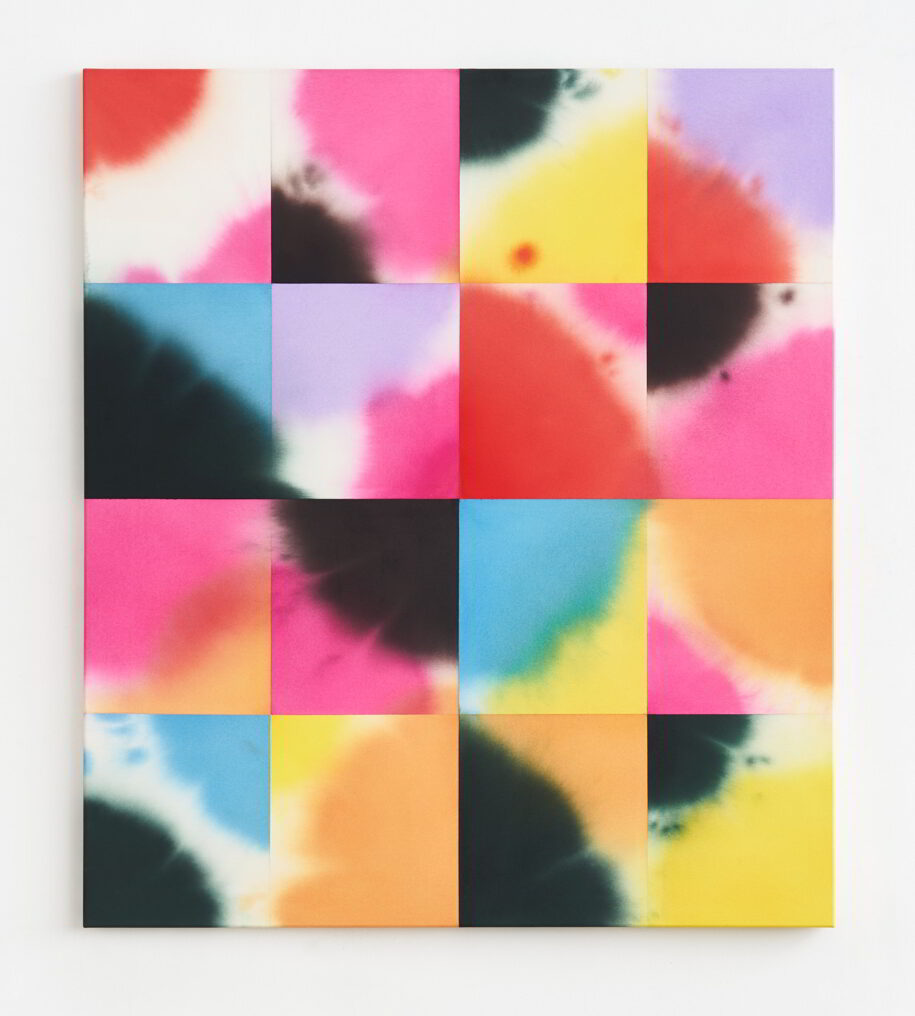
The story of the complicated present also requires looking back. Returning to the past seems to be a respite from struggling with oppressive reality and an uncertain future. In their work, artists, therefore, reach back to myths. Recognizable symbols allow them to speak about current fears and anxieties. Thus, we have a return to Greek antiquity (Mariola Przyjemska / Ewa Opałka), references to the mythological Gaia, and Mother Earth, but also to the myths of positivist feminism closer to modern times (a group exhibition dedicated to Emilia Plater at LETO).
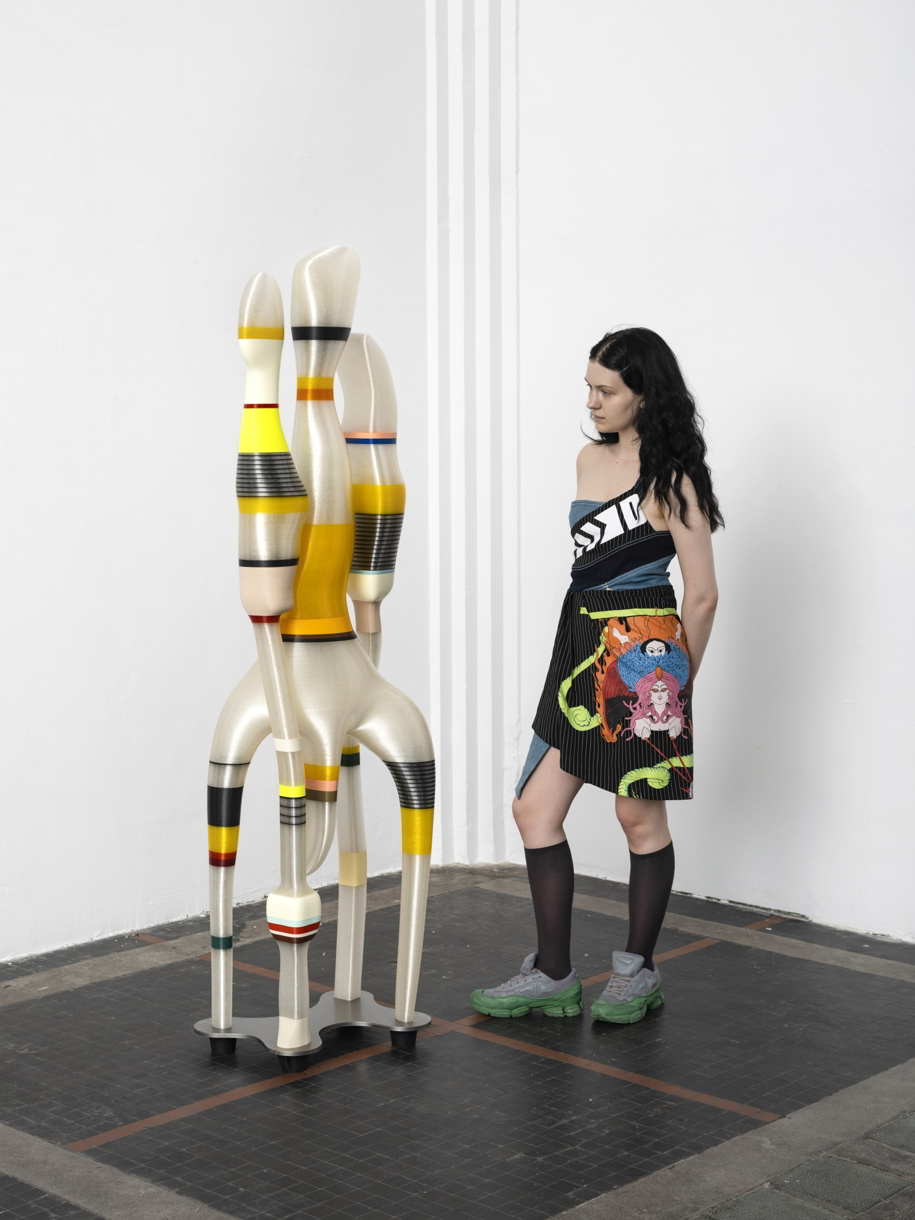
The body, being an object of both pleasure and suffering, is a subject still eagerly explored. The body is treated by female artists as a vehicle for stories of love, intimacy and desire (Angelika Markul / LETO, Monika Falkus / Szara). At other times: as a field of antagonistic relations of violence, fear and openness to the presence of another body (Sebastian Winkler / Pola Magnetyczne). It can be both a tool and an object of art, a carrier of personal queer history (Krzysztof Jung / Gunia Nowik Gallery). But WGW is not only about individual exhibitions. The galleries offer remarkable combinations, where the work of an artist provides a creative pretext for the artistic expression of others (Teofil Ociepka, Bartłomiej Hajduk, Tomasz Mróz / MONOPOL). There will also be group exhibitions, where the polyphony of artists allows one to see a give artistic issue from different perspectives (WGW Dating – realised in the formula of open call group exhibition at Turnus gallery).
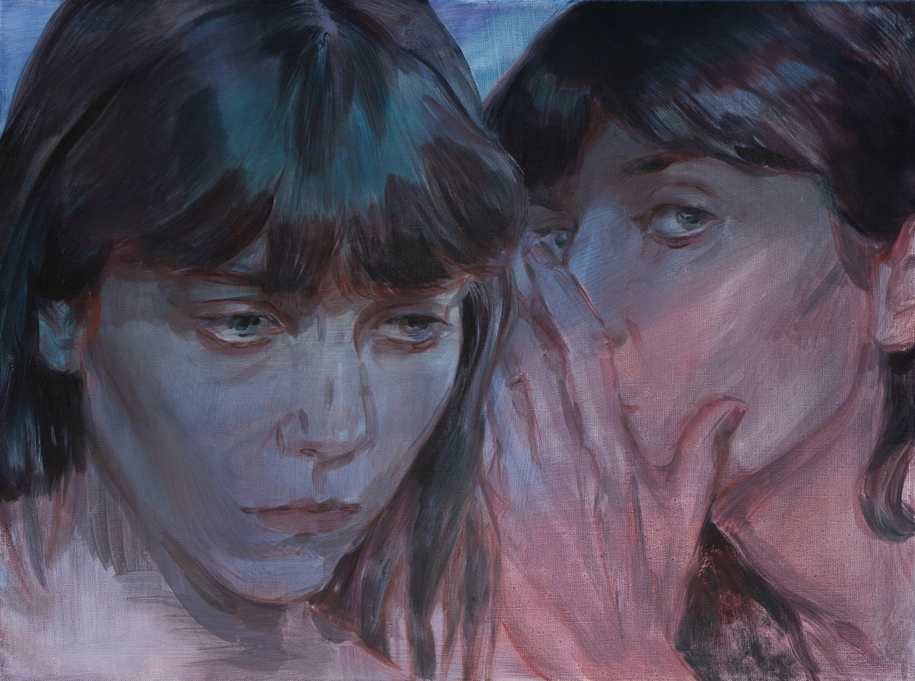
WGW will also be an opportunity to recall the names over the years shaping the art scene in Poland: from Witkacy (Stanisław Ignacy Witkiewicz / Olszewski) to the creators of feminist art history in Poland (Izabella Gustowska, Jolanta Marcolla / lokal_30). We will also look into the creative archive of artists who made a couple in their private lives (Zbigniew Libera, Mariola Przyjemska / Asymetria) and see previously unseen works by a well-known other artistic duo (Kijewski/Kocur / Propaganda).
A month-long series of accompanying events
In the weeks following the festival’s main weekend (28.09-1.10) WGW audiences will be able to take part in a number of diverse initiatives accompanying the festival. They will take place until the end of October 2023. The galleries, in collaboration with the artists, will organise special events dialoguing with the exhibitions presented as part of WGW.
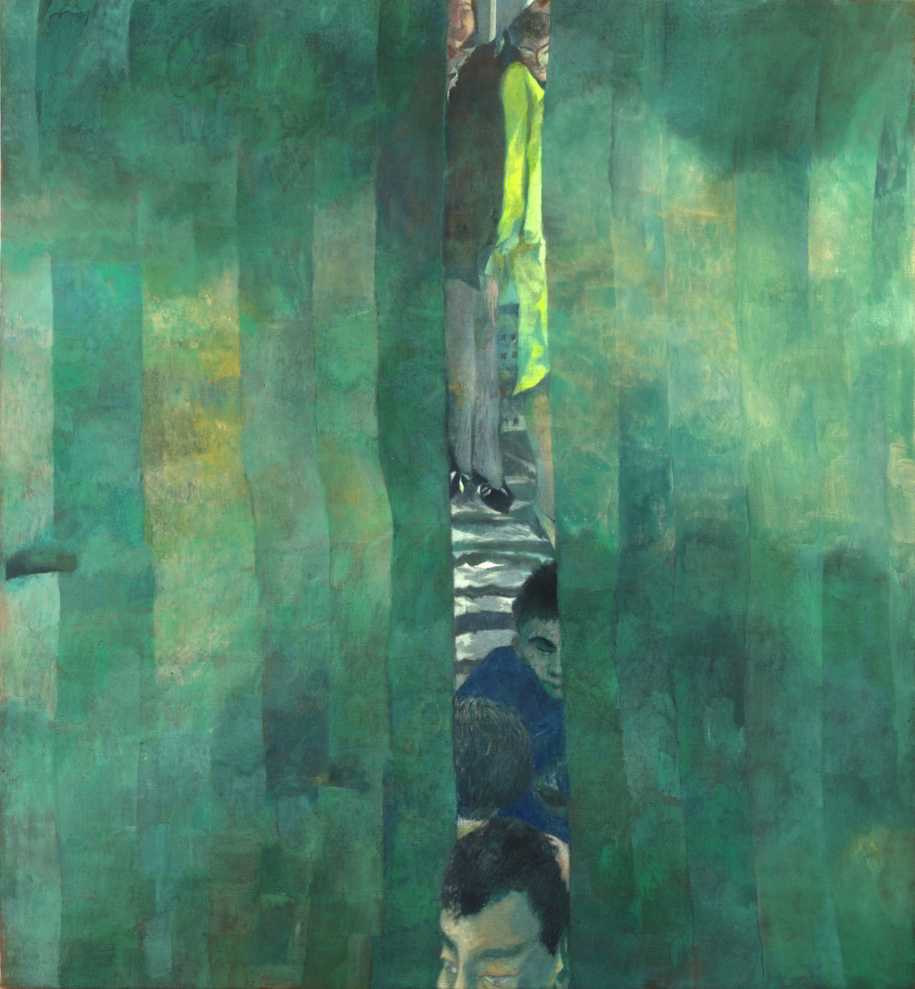
A month of engaging meetings, lectures and performances lies ahead. This is an extraordinary opportunity to broaden your perspective and have interesting conversations with both artists and gallerists. The series of events accompanying the festival is realised thanks to the support of the City of Warsaw.
Ukrainian Galleries join the program
During this year’s edition of WGW, for the first time foreign galleries will show their exhibitions. Two Ukrainian galleries have been invited to this year’s review of contemporary art: The Naked Room and Voloshyn Gallery. The main idea of Kiev-based gallery The Naked Room is to promote emerging artists from Ukraine. During WGW, it will show a selection of works by Anna Zvyagintseva, an artist who works in many media: from drawing, painting, photography, to film, sculpture and textiles. She documents everyday life and what is invisible in it – which does not mean “insignificant”.For the duration of the WGW, the Warsaw address of The Naked Room will be the BWA Warsaw headquarters at 34/50 Marszalkowska St. Voloshyn Gallery has been presenting contemporary art since 2016 with the goal of
integrating Ukrainian art into global cultural processes.
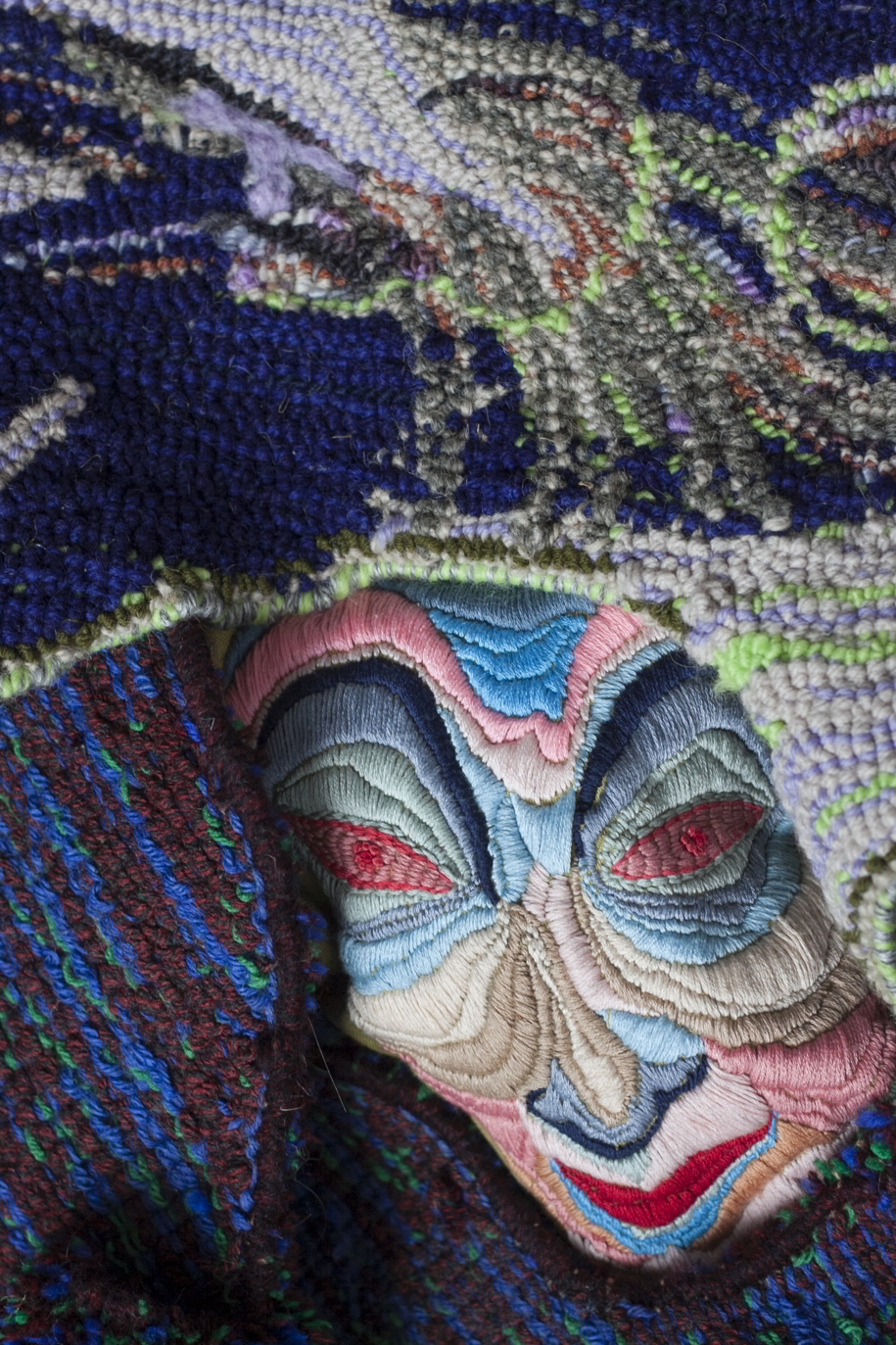
The WGW audience will be able to see an exhibition by Danylo Halkin prepared especially for the Warsaw festival. Halkin joins the images of shattered windows of hospitals, offices and fire stations with shards of stained glass, so that they acquire a new meaning, gaining the status of works of art. Halkin challenges our perception, forcing us to confront the intricate web of historical narratives and the enduring power of visual symbols. The artist’s exhibition will be on view at Metropolitan2, Marszałka Józefa Piłsu dskiego Square 1/3.
The largest annual showcase of new art in Poland
As it does every year, the ING Polish Art Foundation, which has been supporting Polish contemporary art for many years, will give an award to an artist or art group whose works will be included in the ING collection. The award will be given by a jury of international representatives. Every year Warsaw Gallery Weekend strengthens its position as a platform for presenting new art in the Central and Eastern European region. Each successive edition of the cyclical review of new art in Poland is increasingly successful in terms of attendance.
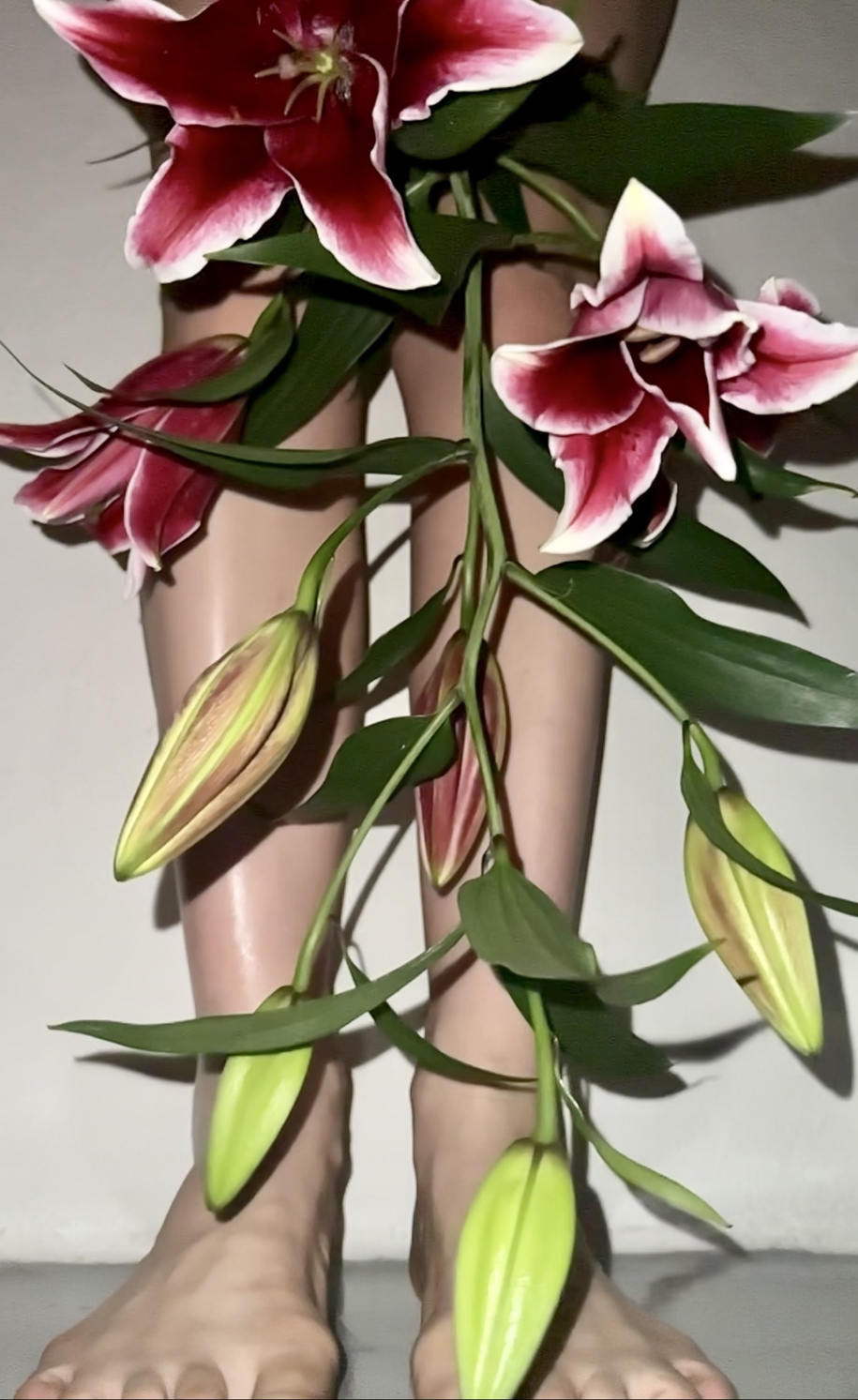
To respond even more to the needs of the audience, the festival is expanding its program and opening up to new directions. A diverse series of accompanying events – including a series of meetings, debates, and panel discussions – which will take place until the end of October, will allow audiences to broaden their perspective and enter even more deeply into the world of contemporary art.
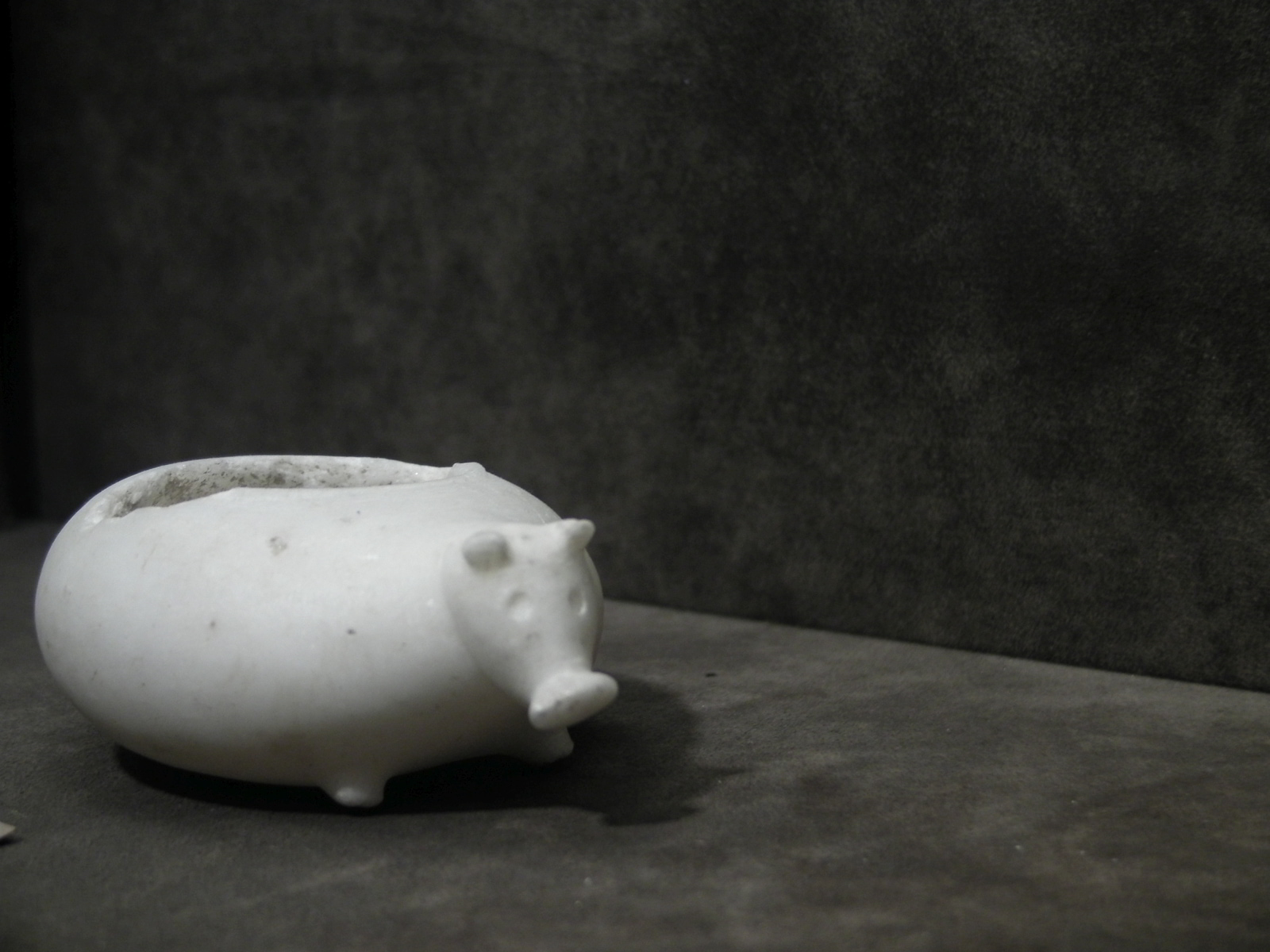
Program of the 13th edition of Warsaw Gallery Weekend:
– Asymetria / “Plansze archeologiczne” / Zbigniew Libera, Mariola Przyjemska
– Bacalarte / “A Trail” / Anna Klimczak
– Biuro Wystaw / “Facing the Other” / Dominik Jałowiński
– BWA Warszawa / “In Praise of Boredom” / Josep Maynou, Zygmunt Rytka, Małgorzata Szymankiewicz
– Dawid Radziszewski / “Lalka” / Tomasz Kowalski
– ESTA / “I have outgrown my skin” / Natalia Bażowska
– Ewa Opałka / “Trick at Mecone” / Mariola Przyjemska
– Fundacja Galerii Foksal / “Jangare” / Małgorzata Mirga-Tas
– Fundacja Profile / “Red objects without justification” / Jarosław Kozłowski
– Gunia Nowik Gallery / “Boys” / Krzysztof Jung
– Gunia Nowik Gallery (Muzeum Ziemi Willa Pniewskiego) / “Otherworlds” / Anna Orłowska
– HOS / “Hold Me Closer” / Marta Niedbał, Paweł Olszczyński
– Import Export / TBA / Veronika Hapchenko
– Jednostka / “Trans-line: What If I Never Use It Again?” / Linda Lach
– Krupa / “Dying Gaia” / Paweł Baśnik
– Le Guern / “Synonymous Shapes” / Tomasz Ciecierski, Natalia Załuska
– Le Guern (Audi City Warszawa) / “Morph” / Krzysztof Franaszek
– LETO / “O, Lie on Me” / Angelika Markul
– LETO (Emilii Plater 14) / “La Mansarde d’Emilie” / Joanna Braun, Lera Dubitskaya, Maria Kozak, Alex Urban, Aleksandra Waliszewska, Igor Kubik, Marcin Janusz, Wojciech Ireneusz Sobczyk, Maurycy Gomulicki, Sasza Wiktor, Xawery Wolski
– lokal_30 / “Zoom” / Jolanta Marcolla, Izabella Gustowska
– Łęctwo / “Eyes from within the head” / Przemysław Piniak
– m² / “(Bez)Błędne Rycerki” / Viola Głowacka
– Monopol / “Sun Came First” / Bartłomiej Hajduk, Tomasz Mróz, Teofil Ociepka
– Olszewski / “Splash” / Stanisław Ignacy Witkiewicz
– Piana / “Shell Tears” / Szymon Kobylarz, Kamil Kukla, Michał Zawada
– Piktogram / “The Dream House World” / Agata Ingarden
– Pola Magnetyczne / “Escape From Alcatraz” / Sebastian Winkler
– Polana Institute / “Panoramas” / Dominika Kowynia, Mikołaj Sobczak
– Propaganda / “Everything Not Saved Will Be Lost” / Kijewski/Kocur
– Raster / “SIXTEENTH WORLD” / Janek Simon
– Raster / “Sculpture Garden” / Oskar Zięta
– Stereo / “A Couple of Details” / Wojciech Bąkowski
– Szara / “Deflowered Petals” / Monika Falkus
– Szydłowski / “FIVE” / Sławomir Elsner, Uwe Wittwer
– Śmierć Człowieka / “Myself, after all, I’m not hungry” / Małgorzata Widomska
– Turnus / “Date with WGW” / Paweł D Zięba and Adam Nehring, Sebastian Mikoś and Klaudia Figura, Michał Maliński and Weronika Guenther, Wiktoria Kieniksman and Mikołaj Sobotka, Olivia Rosa and Piotr Kowalski
– wanda / “Ear Piece” / Ksenia Gryckiewicz, Antonina Nowacka
– Wizytująca / “Każdy jest u siebie” / Martyna Ścibior, Kinga Popiela, Michał Frydrych
– Wschód / “Tkanka łączna” / Karolina Bielawska
Wschód (Clay.Warsaw) / “Makeover” / Paweł Śliwiński
– The Naked Room / “Anna Zvyagintseva” / Anna Zvyagintseva
– Voloshyn Gallery / “Optical Prostheses” / Danylo Halkin
– Polana Institute, LETO, Gunia Nowik Gallery / “BEL(L)A” / Hannah Sophie Dunkelberg, Kaja Gadomska, Magdalena Karpińska, Marta Nadolle, Paulina
Włostowska
*Cover photo: Małgorzata Widomska_Myself, After All, I’m Not Hungry – Śmierć Człowieka
The 13th edition of Warsaw Gallery Week will take place from the 28th of September to the 1st of October. The supporting events programme will last until the end of October. Entry to all exhibits and meetings is free of charge. The Capital City of Warsaw is the official patron of the event.
You can find out more about Warsaw Gallery Weekend 2023 full program here
Follow Warsaw Gallery Weekend 2023 on Facebook and Instagram
READ ALSO: Η KRAFT Paints ξεκινάει τη νέα σχολική χρονιά στο Ίδρυμα Χατζηκώνστα